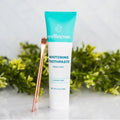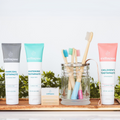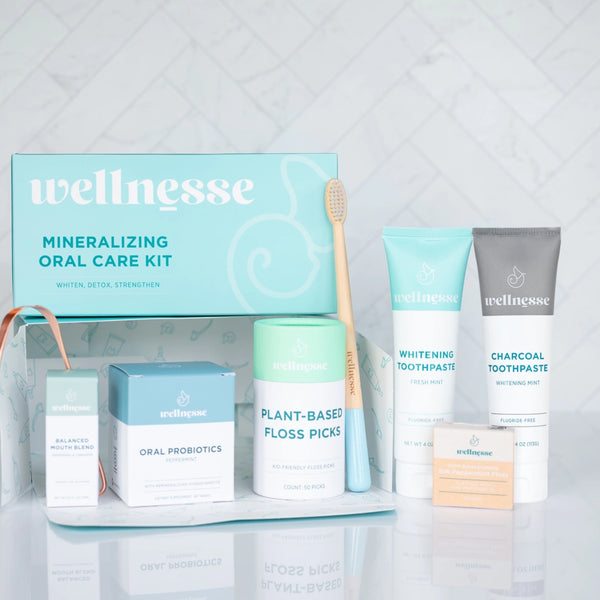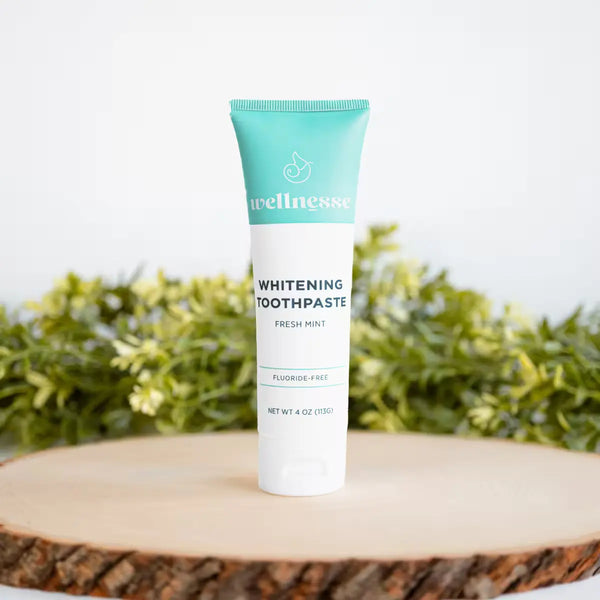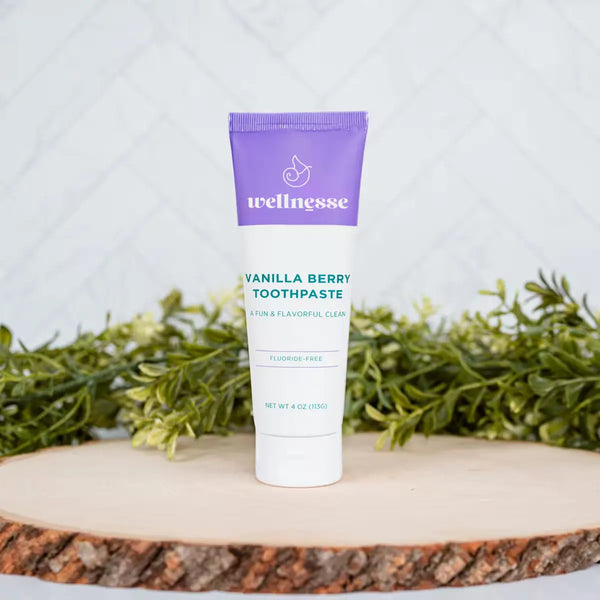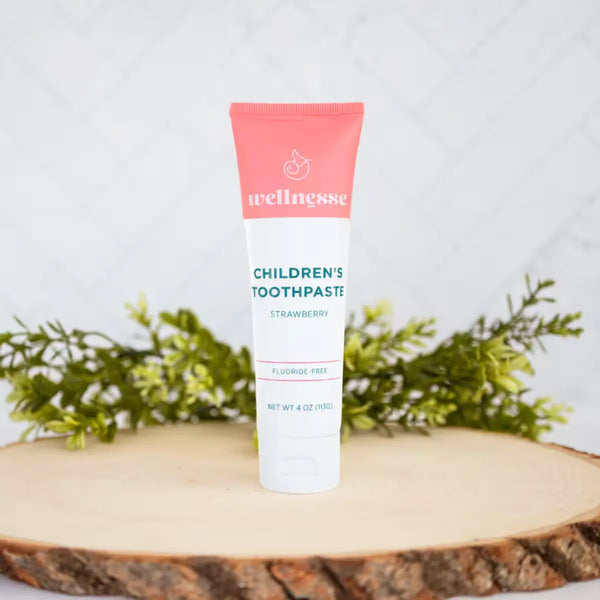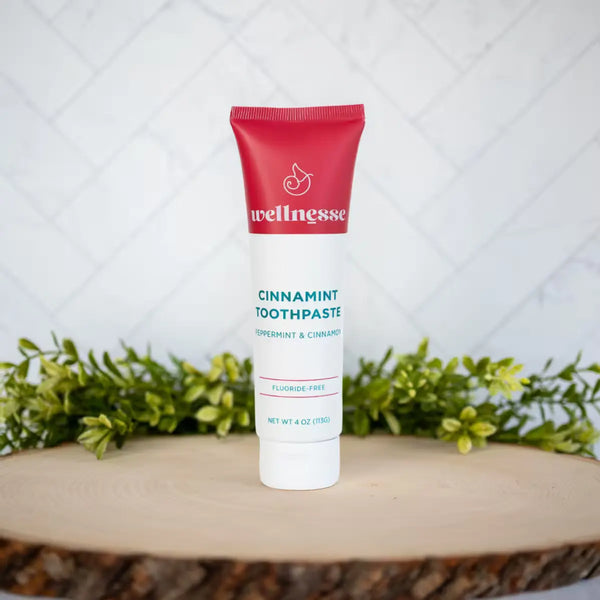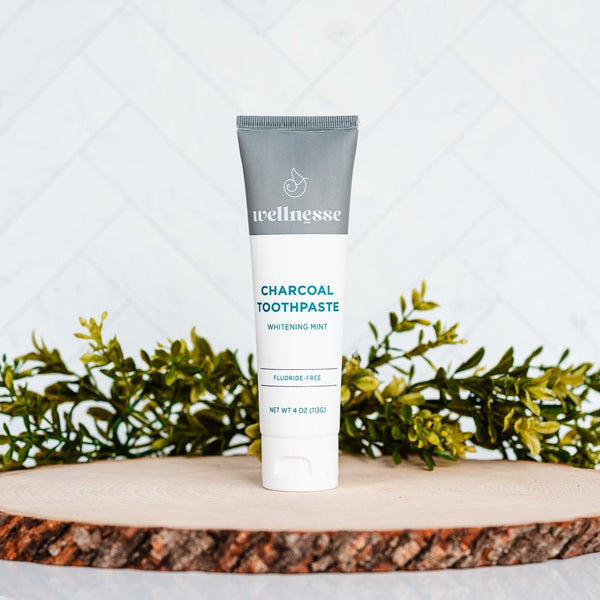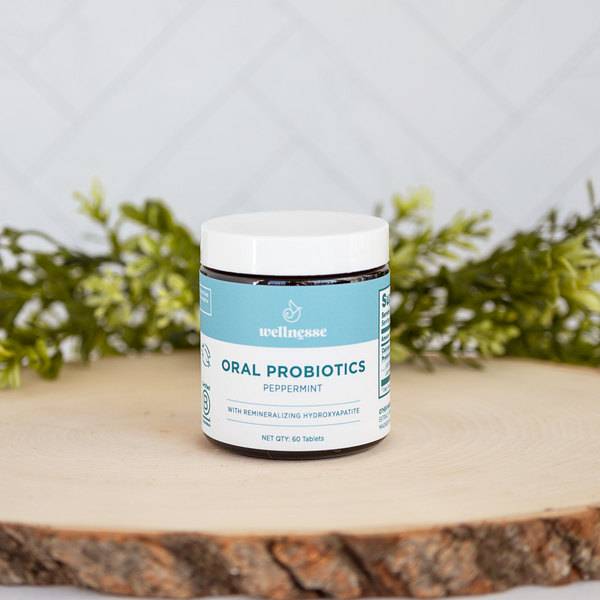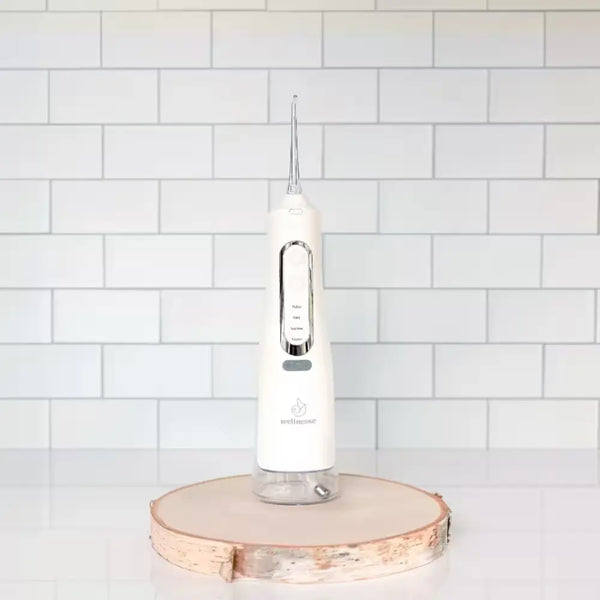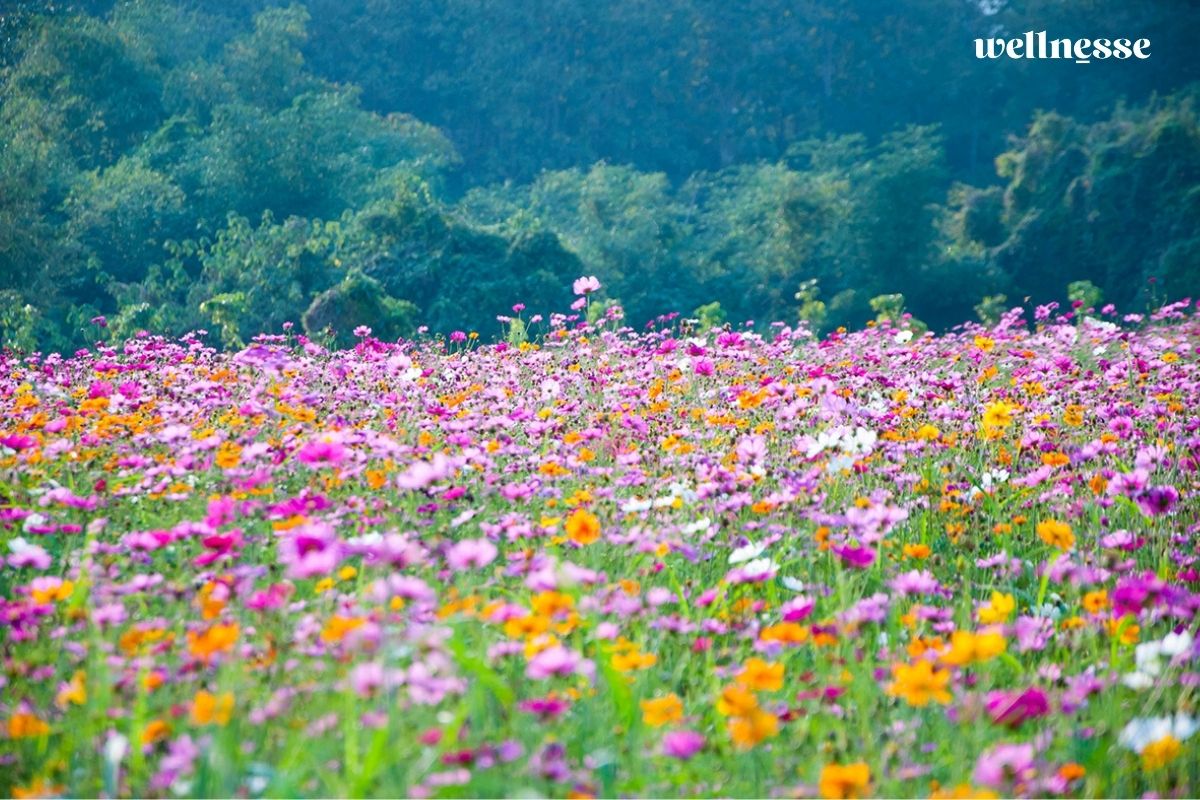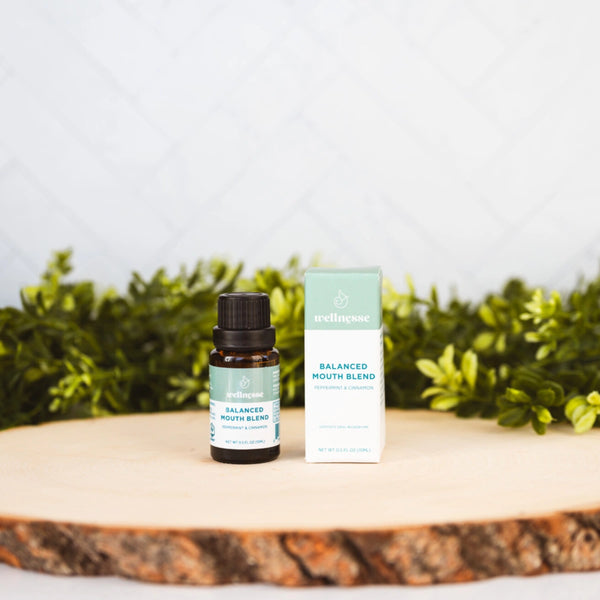Shopping organic has become so popular that people may become skeptical or distrust the product or brand when they don't see an organic label. We understand why. Calling a product organic implies that it was grown naturally without chemicals, toxins, or artificial ingredients. So, organic products are often just assumed to be the best option.
However, it's important we understand that organic labeling is not the only way to ensure the food and products we purchase are safe for our families. One of our favorite alternatives is wild harvesting. Wild harvesting is an ethical, sustainable sourcing method that allows for foods and ingredients to be harvested responsibly, within their natural environments, and often, in their purest forms.
We create our Wellnesse products with the best ingredients available - whether organic or wild harvested - to bring you the cleanest, safest, most effective products possible!
Organic Certification Explained
Organic certification is a federally-regulated status that ensures a brand meets the government's standards for things like additives, weed and pest prevention, animal treatment, and soil quality. The organic label is meant to assure consumers that a specific product is free from additives and synthetic ingredients we don't want to put in our bodies. For this reason, many of us have learned to keep an eye out for organic labels in the grocery store - and to prefer labeled products when we find them.
The safeguards this certification offers are great in theory, but one of the first things we should know is that not all clean ingredients are certified organic, and not all certified products are as clean as you think. The USDA handles all things organic, and while they have a long list of requirements and standards that applying brands must meet, their rules are not without loopholes.
For example, the USDA forbids most synthetic substances (like pesticides and fertilizers) for organic products, but it does not forbid them all. Certified organic products must also be grown on a farm or plantation so that all the environmental and procedural data are trackable.
Another factor that many families need to be made aware of is that organic certification doesn't touch on the overall product nutrition, labor laws, or the treatment of animals. So while organic certification may make you feel better about not ingesting (most) chemicals and pesticides, there is no guarantee that these products meet your other standards regarding fair labor and animal cruelty.
On a different note, organic certification is just too expensive for many brands! On top of the costs that come with the application process, companies also have to cover regular renewal costs. For example, if a brand doesn't meet the USDA's soil standards at the time of its application, it has to adopt the USDA's required practices for three years before applying again. That's three years of increased production expense without any of the added revenue that certification can produce.
Another fun fact? Businesses have to make a gross of at least $5,000 in organic sales annually to qualify for application, which automatically puts small businesses at a disadvantage.
This process may work for some companies, but we wanted to find a different solution for Wellnesse. That's why we chose wild harvesting.
Why Wild Harvesting?
Many Wellnesse ingredients are wild harvested. This means that we gather our ingredients where they grow wildly in their native ecosystem rather than where they are mass-produced on a farm or plantation. In many parts of the world, this process is as simple as harvesters hand-collecting the product directly from natural resources.
The areas where these ingredients grow have experienced little to no human interference, meaning that the wild foods and herbs growing there often are natural and organic; they just aren't eligible for federal certification. The lack of human interference that disqualifies these ingredients for certification is exactly what makes them so pure.
Many of you want to know if our wild harvested products are made 100% in the USA. The answer is that we source many of our ingredients globally, and there's a great reason why! Though certain components of our formulas can be grown organically within the United States, harvesting wild plants and ingredients overseas means we can obtain them from their native ecosystem in a much purer form. Why try to recreate a suitable growing environment when the perfect one has already been provided by nature?
In addition to our complete confidence in our sustainable harvesting, we have every batch of raw ingredients tested for chemicals, pesticides, and other synthetic compounds. No ingredient makes it into our formulas without passing our rigorous quality testing.
Another reason we fell in love with wild harvesting is because, at Wellnesse, our concerns go far beyond ingredients. We also prioritize ethical harvesting practices and sustainability, and those principles reach into every aspect of our company, including how we source our ingredients.
Certified organic ingredients must be grown on a farm or plantation where they can be isolated from prohibited substances. While that environment allows for the satisfaction of USDA requirements, it's impossible to know about the other factors involved, like how the brand treats its workers and cares for their livelihoods.
With wild harvesting, we can ensure that all our procedures reflect our dedication to clean, effective personal care products and our mission to create an ethical, sustainable future for our families.
What We Want You to Know
For years, many have viewed organic labeling as the gold standard for clean products. And we are here to say it isn't the only option when it comes to the safety of ingredients and products! It's undeniable that organic certification provides a level of safety that can help us feel confident in the ingredients we bring into our homes, but it doesn't cover everything; more importantly, it isn't the only way.
The natural, untouched growth that produces wild-harvested foods and herbs ensures a purity that makes our ingredients just as safe (if not safer) than those that receive certification through methodical human processes.
At the end of the day, the best way to ensure any product or brand meets your standards is to do your research. Do a deep dive into what a brand believes, learn about its mission (you can read about our values here!), and ask questions. Brands truly dedicated to clean products and sustainable practices will be happy to hear from you. We know we are!
Resources:
https://www.thebalancesmb.com/how-much-does-organic-certification-cost-2538018
https://www.usda.gov/media/blog/2012/03/22/organic-101-what-usda-organic-label-means
